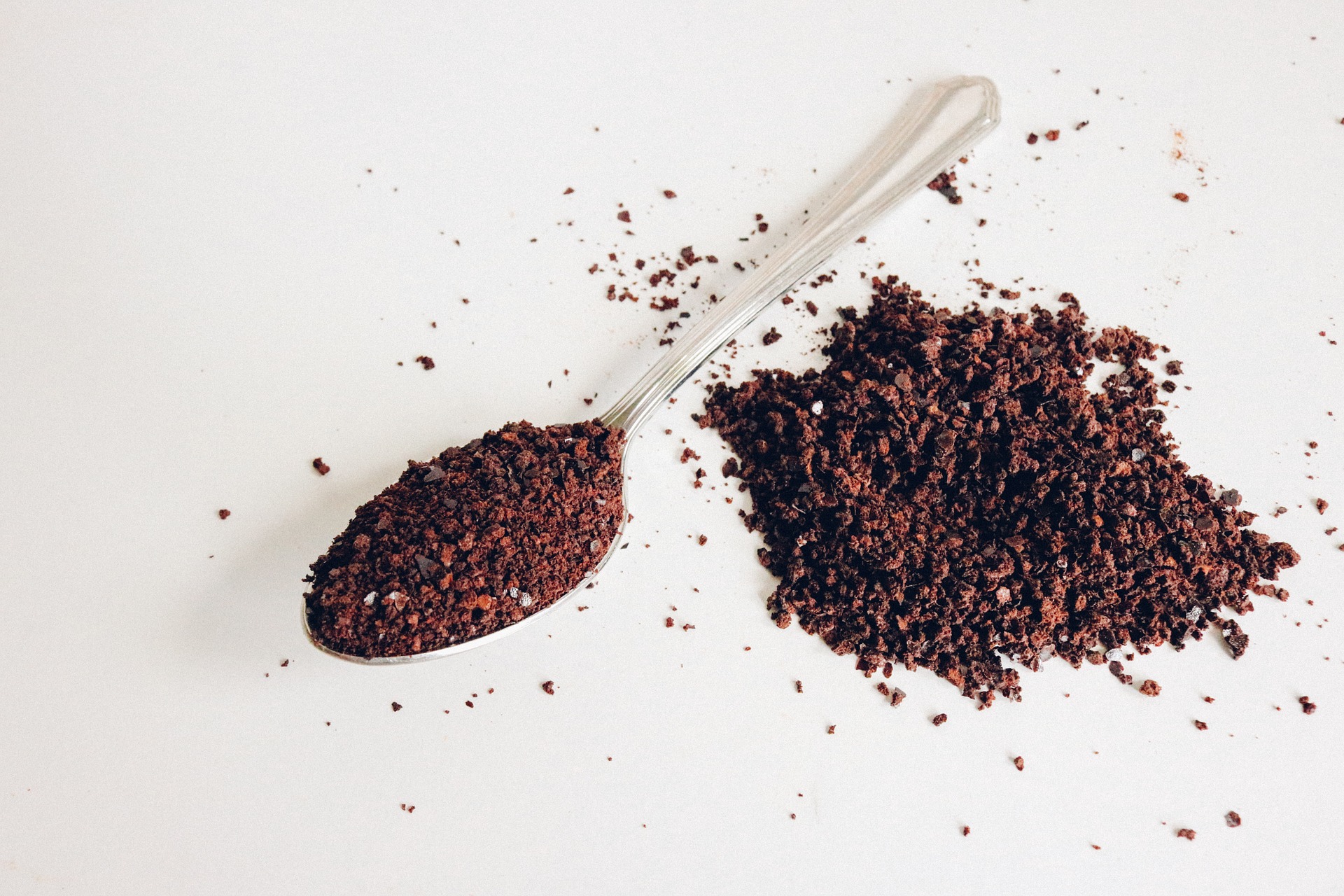Instant coffee, not everyone’s cup of coffee.
In the world’s leading coffee communities, people compete in coffee competitions to determine who is the best barista, who can prepare the best coffee brew or who has the best coffee roasting skills. At first glance, making instant coffee seems to be a less popular challenge.
Yet close to 50% of the world’s green coffee is used to produce instant coffee. If you would like to bring a premium instant coffee product to the market, you are likely to use freeze-drying technology. It’s gentle drying conditions avoid aroma and color deterioration, as well as nutrient degradation.

A freeze dryer to match your coffee brand
Freeze drying technologies are available for batch or continuous operation depending on your demand or ambitions. A batch process is used for low capacities (generally ranging from 50-7,000kg of powder per day). A continuous process is used for large capacities (generally ranging from 7,000-25,000kg of powder per day). When you prefer to scale up as you go, look for modular set-ups that allow you to extend when demand increases.
Different steps in freeze drying coffee
A typical freeze drying line will start with a pre-cooling step to control the product color and bulk density. In the following freezing step, you make sure you achieve the right crystal size and structure. The crystals are then grinded into granules and often distributed over trays to be dried in a vacuum chamber. After that, the dried coffee powder needs to be collected from the trays and is ready for packaging. Both batch and continuous plants will need a vacuum pump, a condenser for the water vapour, and a de-icing unit to melt the ice accumulated in the condenser. Reducing operator involvement will help you guarantee the quality of your product when you grow in the market.
